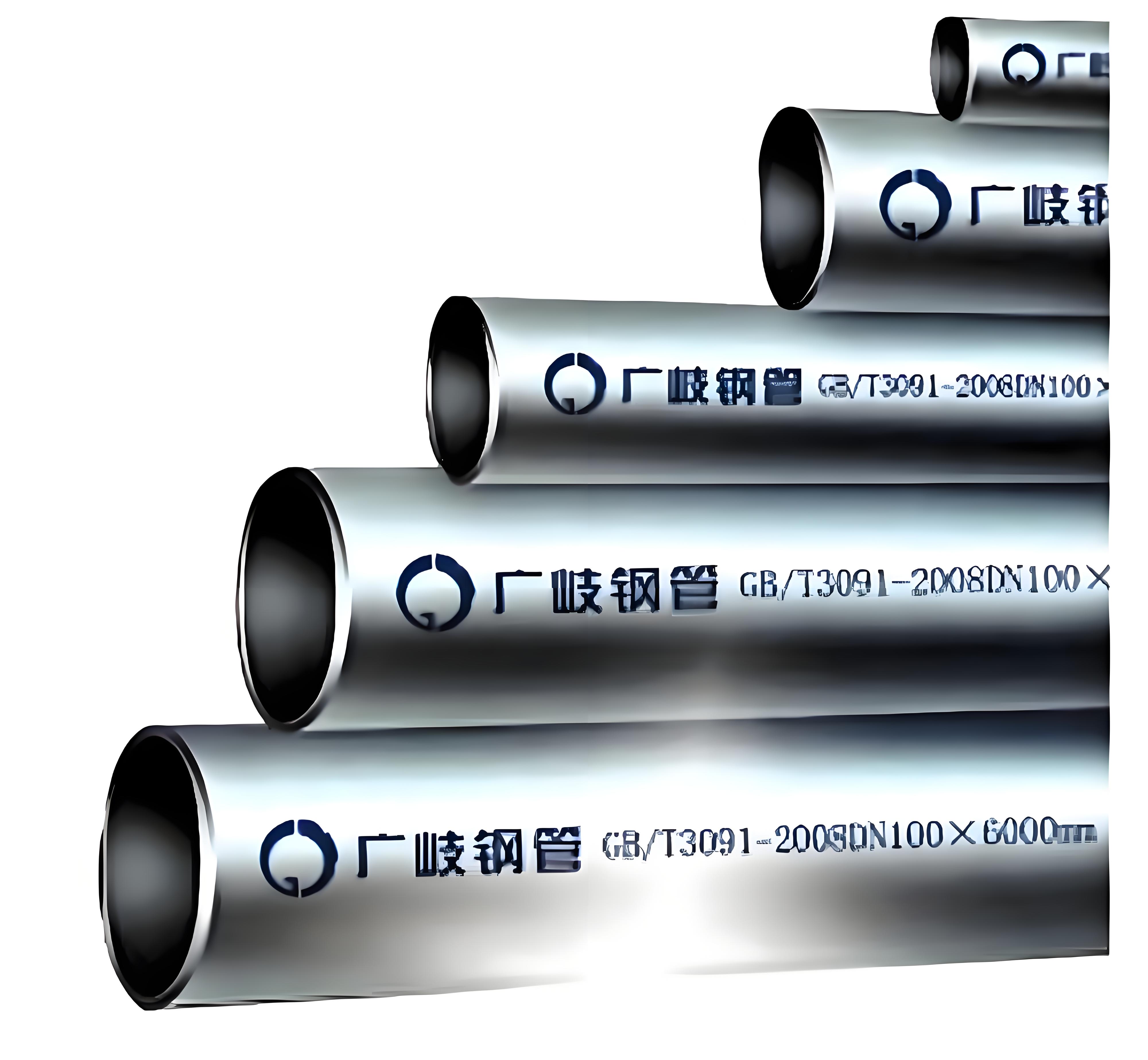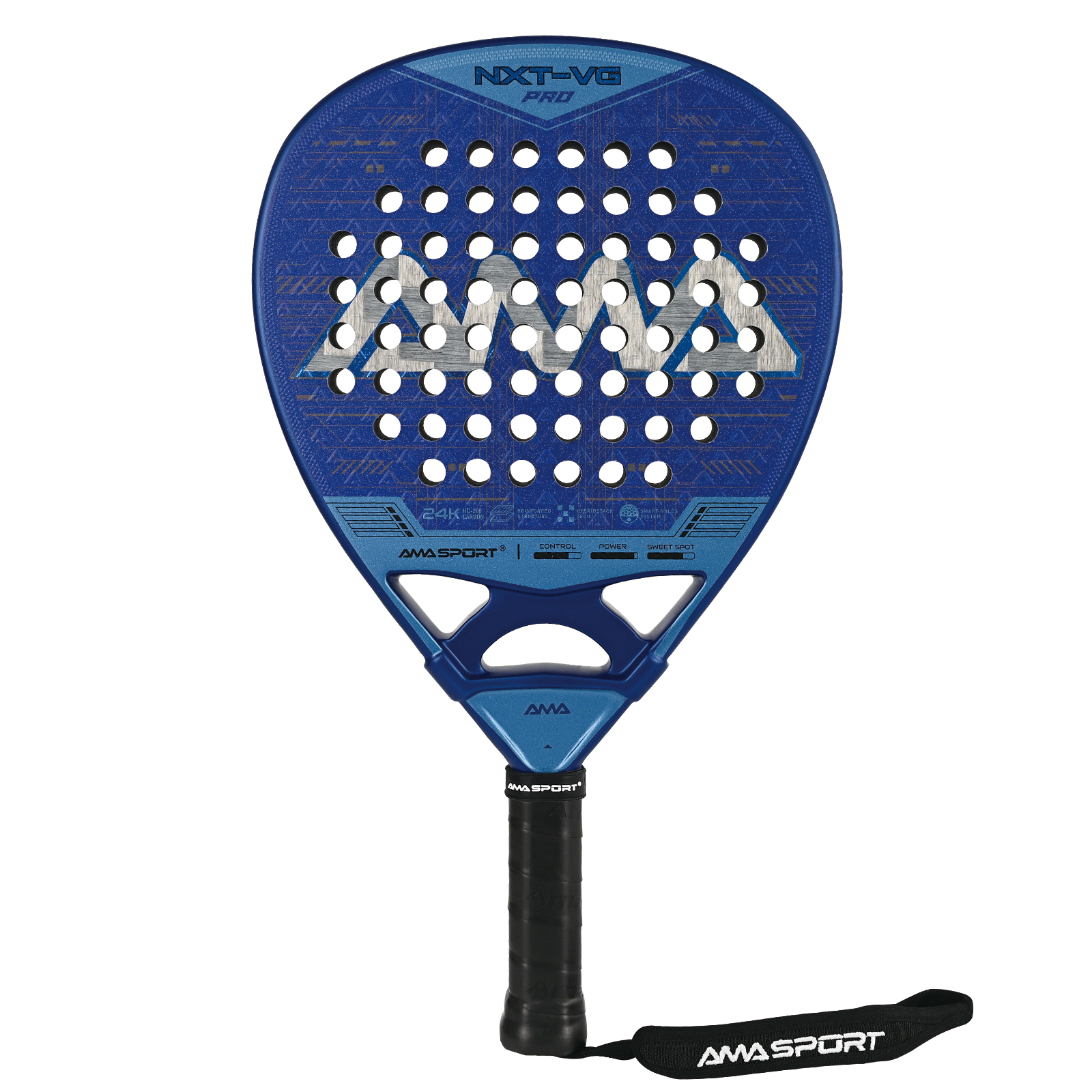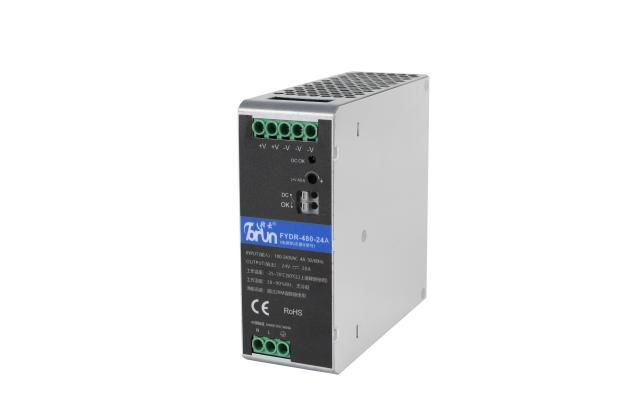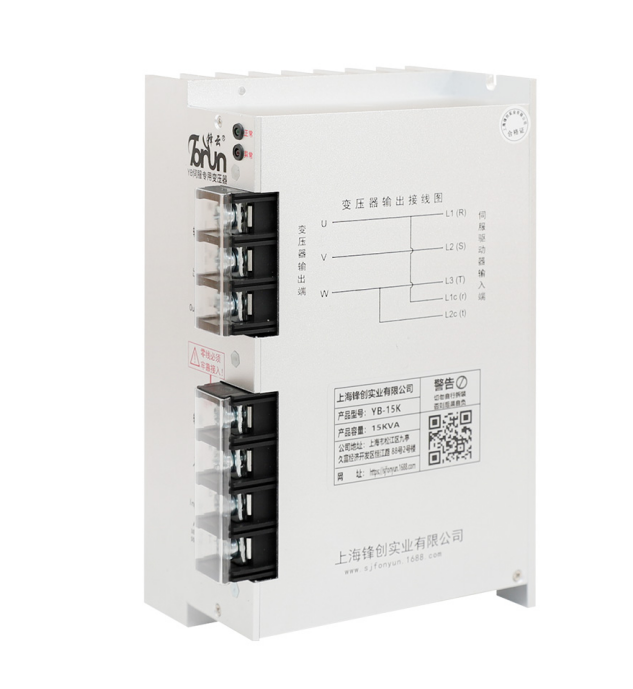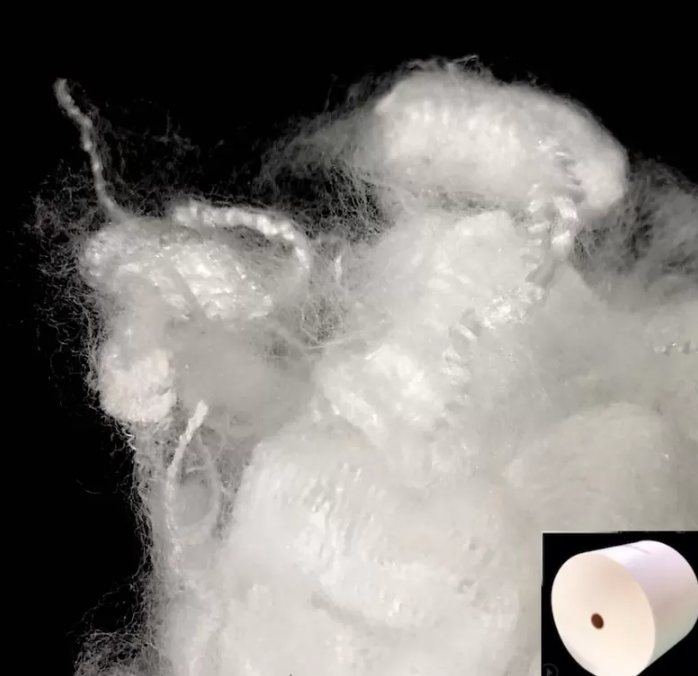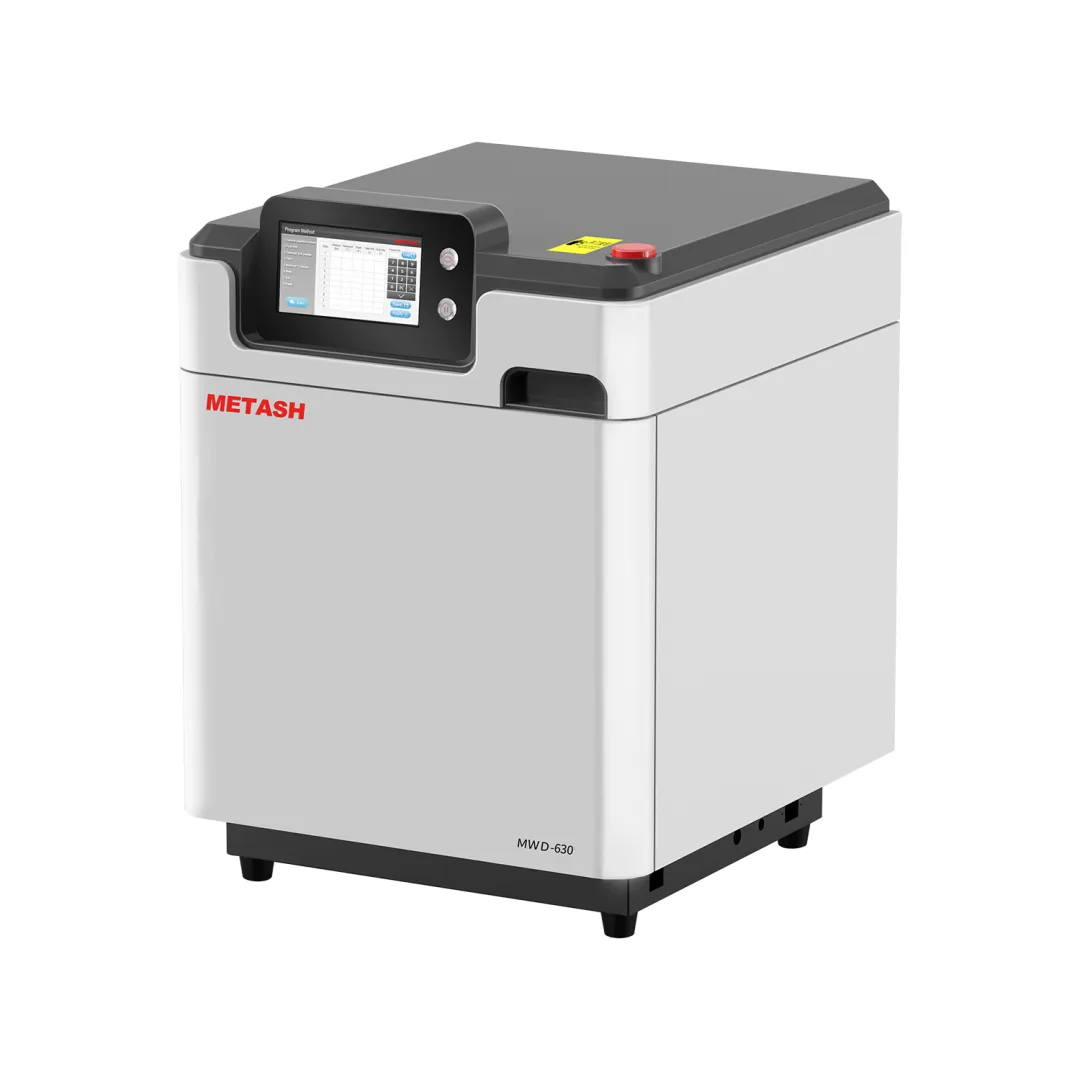The Ultimate Guide to Choosing the Right Paint for Plywood: Ensuring Long-Lasting Adhesion and Aesthetic Appeal
When it comes to woodworking projects, plywood is a versatile and widely used material. Whether you're crafting furniture, building cabinetry, or creating decorative pieces, the right paint can significantly enhance the appearance and durability of your plywood surfaces. However, not all paints are created equal, and selecting the appropriate type can be crucial for achieving optimal adhesion and a professional finish. In this comprehensive guide, we will explore the various types of paint that stick to plywood, the preparation process, and tips for ensuring a successful application.
Understanding Plywood and Its Characteristics
Plywood is made from thin layers of wood veneer that are glued together, making it strong yet lightweight. Its porous surface can absorb paint differently than solid wood, which is why choosing the right paint is essential. The type of plywood, whether it’s sanded, unsanded, or treated, will also influence the paint's adhesion and finish.
Types of Paint Suitable for Plywood
- Acrylic Latex Paint:
- Overview: Acrylic latex paint is water-based and offers excellent adhesion to plywood. It dries quickly and is easy to clean up with soap and water.
- Benefits: This type of paint is flexible, which helps prevent cracking and peeling over time. It is also available in a wide range of colors and finishes, making it a popular choice for both interior and exterior projects.
- Application Tips: For the best results, use a primer specifically designed for plywood before applying acrylic latex paint. This will enhance adhesion and provide a uniform base for the topcoat.
- Oil-Based Paint:
- Overview: Oil-based paints are known for their durability and rich finish. They penetrate the wood fibers effectively, providing a strong bond.
- Benefits: These paints are ideal for high-traffic areas or surfaces that require extra protection, such as furniture or cabinetry. They also tend to level out better, resulting in a smoother finish.
- Application Tips: Ensure proper ventilation when using oil-based paints, as they emit strong fumes. A primer is also recommended to improve adhesion and reduce the risk of yellowing over time.
- Chalk Paint:
- Overview: Chalk paint has gained popularity for its matte finish and vintage look. It adheres well to plywood without the need for extensive surface preparation.
- Benefits: This paint is perfect for DIY projects and furniture refinishing, as it can create a distressed look with minimal effort. It is also non-toxic and environmentally friendly.
- Application Tips: While chalk paint typically doesn’t require a primer, applying a clear wax or sealant after painting can enhance durability and protect the finish.
- Spray Paint:
- Overview: Spray paint offers a quick and even application, making it suitable for intricate designs or hard-to-reach areas.
- Benefits: It is available in various finishes and colors, allowing for creative expression. However, it may not be as durable as other paint types unless specifically formulated for outdoor use.
- Application Tips: Use spray paint in a well-ventilated area and apply multiple thin coats rather than one thick coat to avoid drips and ensure even coverage.
Preparing Plywood for Painting
Preparation is key to achieving a professional finish on plywood. Here are essential steps to follow:
- Sanding: Start by sanding the plywood surface with fine-grit sandpaper (220 grit) to create a smooth surface. This helps the paint adhere better and reduces the appearance of imperfections.
- Cleaning: After sanding, clean the surface with a damp cloth to remove dust and debris. Allow it to dry completely before proceeding.
- Priming: Applying a primer designed for plywood is crucial, especially for oil-based and acrylic latex paints. A primer will seal the surface, prevent bleed-through, and enhance the paint's adhesion.
Tips for Successful Application
- Temperature and Humidity: Paint in optimal conditions, ideally between 50°F and 85°F (10°C to 29°C) with low humidity. Extreme temperatures can affect drying times and adhesion.
- Brush or Roller: Use a high-quality brush or roller suitable for the type of paint you choose. For a smooth finish, consider using a foam roller.
- Multiple Coats: Apply multiple thin coats rather than one thick coat. This approach ensures better adhesion and a more even finish.
- Curing Time: Allow adequate curing time between coats and after the final coat. This is essential for achieving the best durability and finish.
Conclusion
Choosing the right paint for plywood is essential for achieving a durable and aesthetically pleasing finish. Whether you opt for acrylic latex, oil-based, chalk paint, or spray paint, understanding the characteristics of each type will help you make an informed decision. Proper preparation and application techniques will further enhance the longevity and appearance of your painted plywood projects. With the right approach, your plywood creations can stand the test of time while showcasing your unique style.

